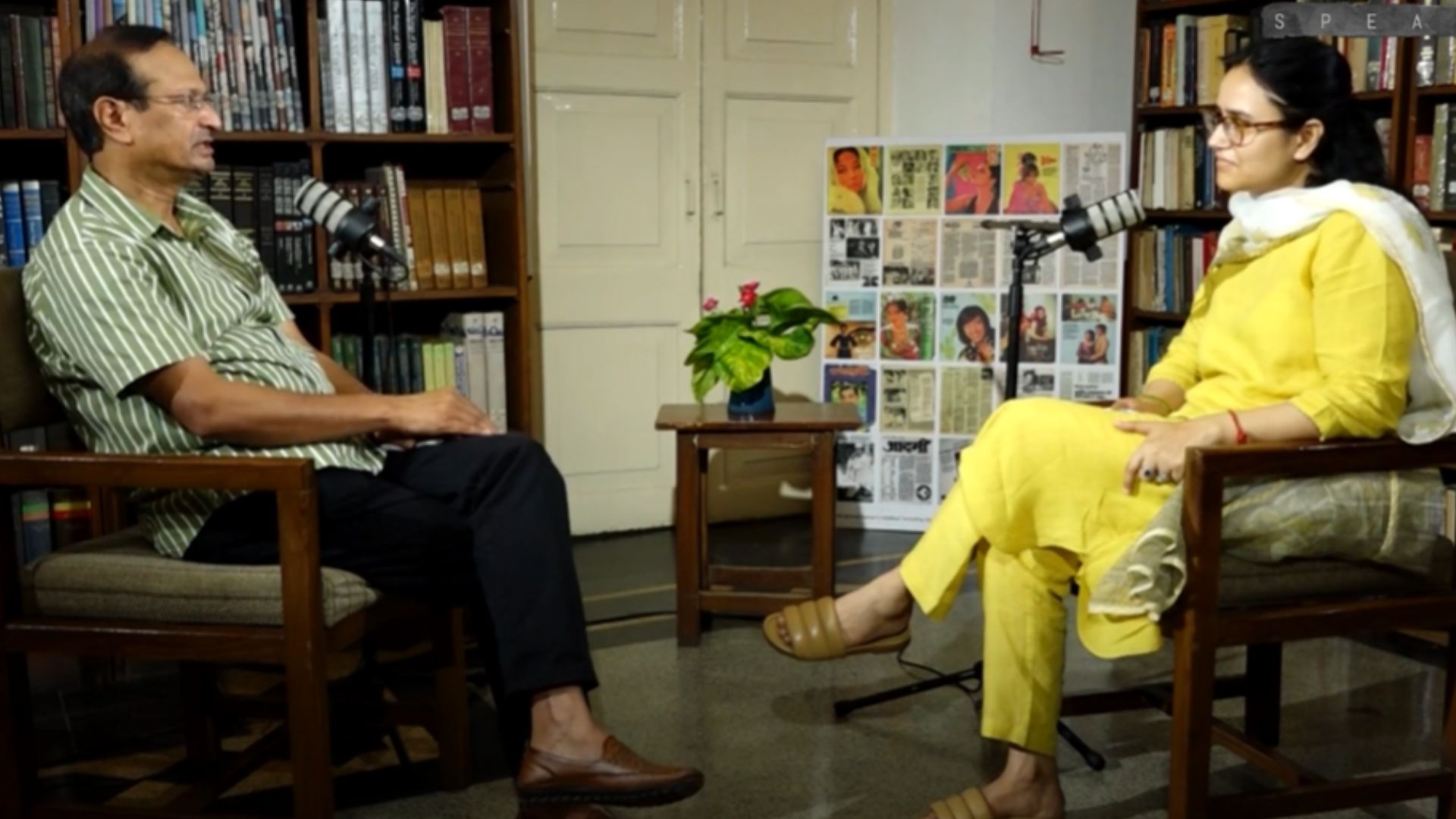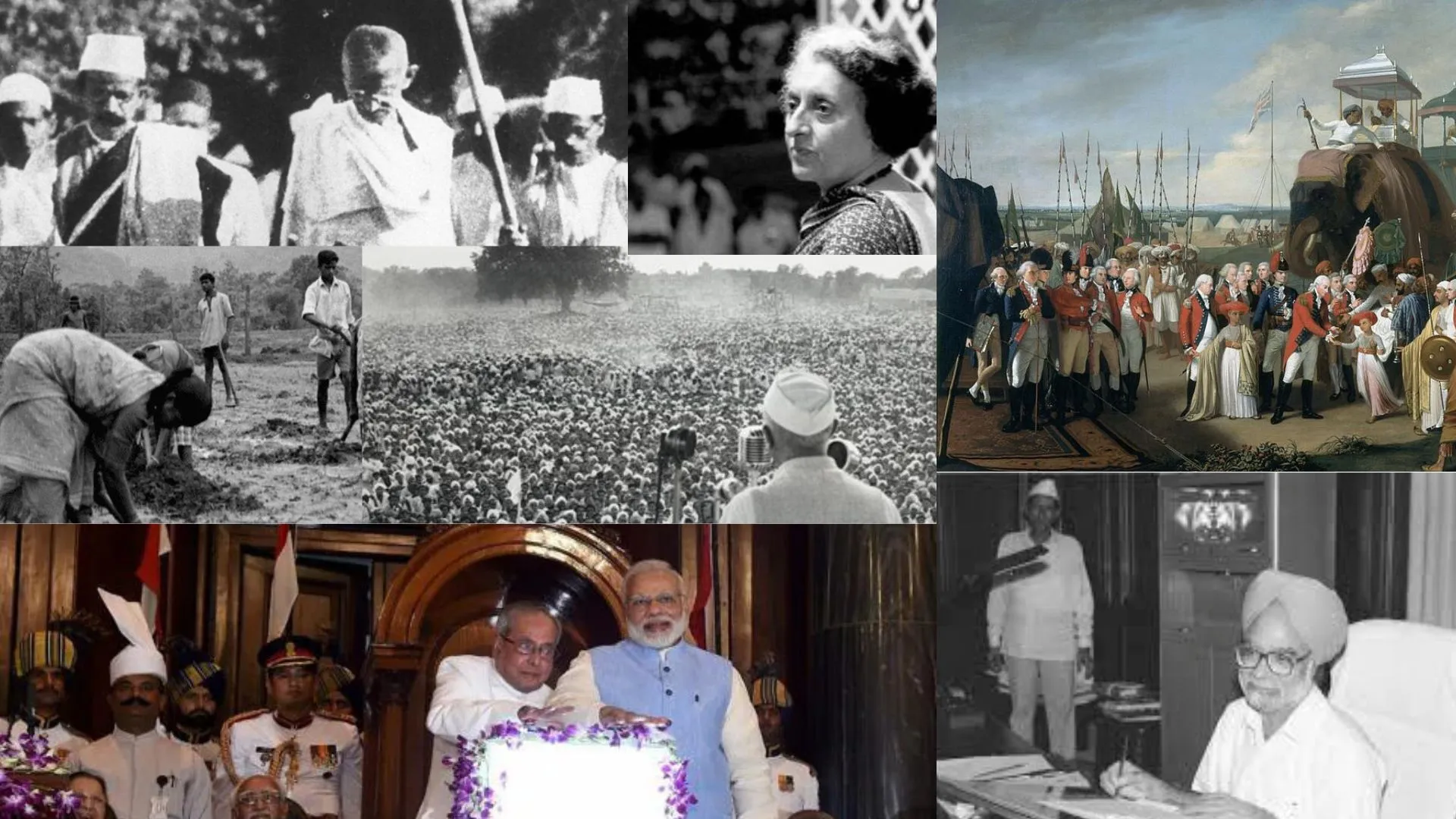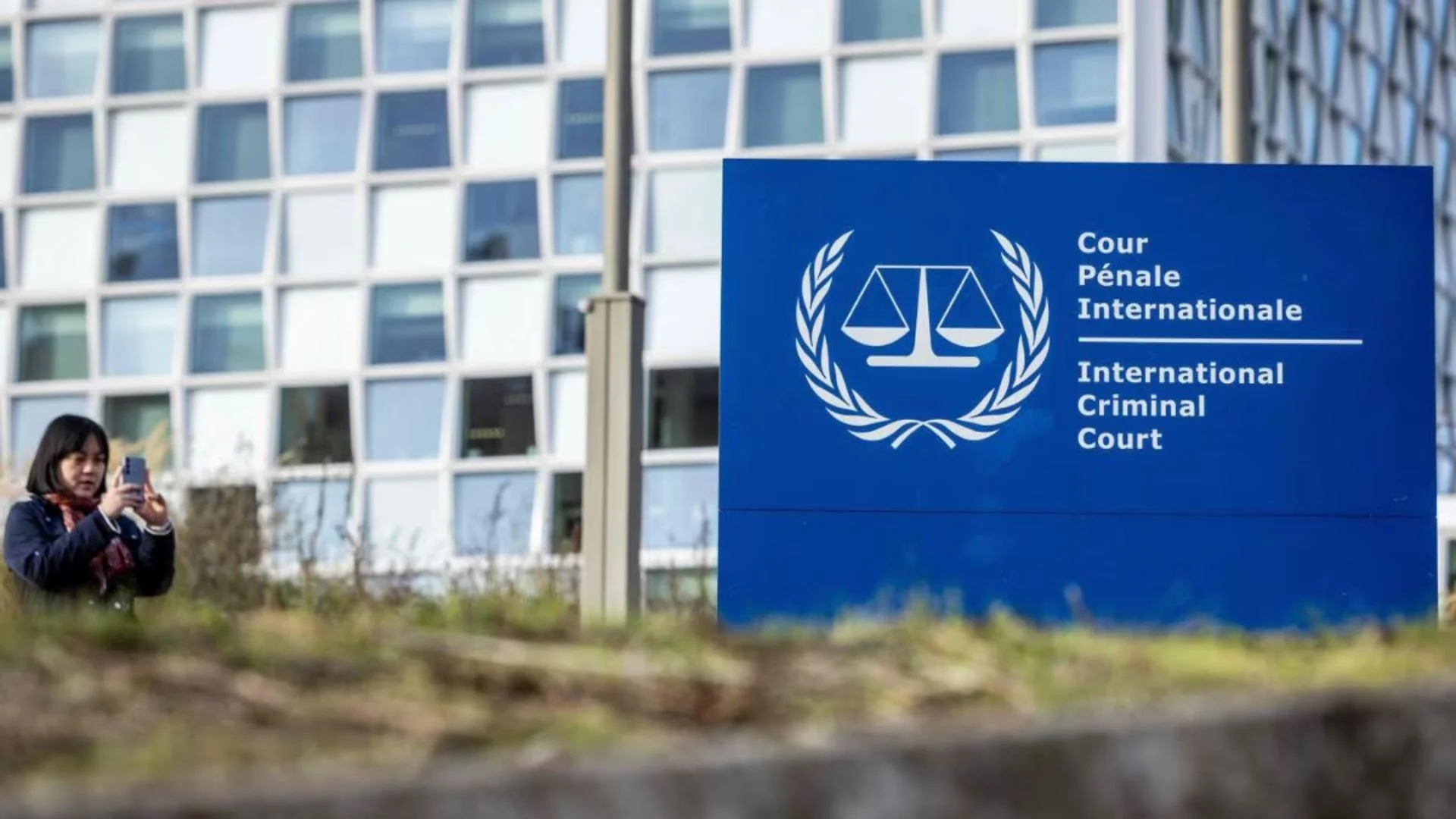The Indian Museum originated from the Asiatic Society of Bengal which was created by Sir William Jones in 1784. The concept of having a museum arose in 1796 from members of the Asiatic Society as a place where man-made and natural objects collected could be kept, cared for and displayed. The objective began to look achievable in 1808 when the Society was offered suitable accommodation by the Government of India in the Chowringhee-Park Street area.
On February 2, 1814, Nathaniel Wallich, a Danish botanist, who had been captured in the siege of Serampore but later released, wrote to the council of the Asiatic Society for the formation of a museum out of his own collection and that of the Asiatic Society in Calcutta, volunteering his service as a Curator wherein he proposed five sections—an archaeological, ethnological, a technical section and a geological and zoological one.[12] The council readily agreed and the Museum was created, with Wallich named the Honorary Curator and then Superintendent of the Oriental Museum of the Asiatic Society. Wallich also donated a number of botanical specimens to the museum from his personal collection. In 1815, Mr William Lloyd Gibbons, Asst Secretary and Librarian, was appointed Joint Secretary of the Museum.
After the resignation of Wallich, curators were paid salaries by the Asiatic Society ranging from Rs 50 to Rs 200 a month. However, in 1836, when the bankers of the Asiatic Society (Palmer and Company) became insolvent, the Government began to pay the salary of the Curator from its public funds since a large part of the collection was that of the surveyors of Survey of India.
A temporary grant of Rs 200 per month was sanctioned for maintenance of the museum and library, and J. T. Pearson of the Bengal Medical Service was appointed curator, followed shortly by John McClelland and, after the former’s resignation, by Edward Blyth. In 1840, the Government took a keen interest in geology and mineral resources, and this led to an additional grant of Rs 250 per month for the geological section alone. In 1851 when the Geological Survey of India came into being with the advent of Sir Thomas Oldham, a rented building at 1, Hastings Road now K N Roy Road, the present site of the New Secretariat became its office. The geological collection of the Government of India ‘Museum of Economic Geology’ at the Asiatic Society, were then transferred to this site in 1856. The Asiatic Society geological collection were however held back with the condition that it would be handed over to the GSI once a Museum for all its collection came into being. It was way back in 1837 that Sir James Princeps, then-Secretary of the Asiatic Society, had written to the Government asking for a Museum paid for by the state. A movement for a full-fledged Museum was thereafter keenly pursued over a decade, and later, with Sir Thomas Oldham, then Superintendent of the Geological Survey of India, at the helm, it gained momentum.
The thrust for a full-fledged Museum was held up due to the intervention of the revolt of the sepoys of the East India Company. The matter was pursued again, once things settled down after India came under the Crown.
Thereafter the First Indian Museum Act was passed in 1866 and the foundation of the Indian Museum at its present site laid in 1867. In 1875 the present building on Chowringee Road, presently Jawaharlal Nehru Road, designed by W L Granville in consultation with Sir Thomas Holland, on Chowringee was completed. In 1877 after the retirement of Sir Thomas Oldham in 1876 the Geological Survey of India including the Museum of Economic Geology shifted here from its rented accommodation on 1 Hastings Road.
This building had been designated as the site for not just the Asiatic Societies, Oriental Museum’s collection and the Economic Geology collection of the Geological Survey of India but also to hold the offices of both. The Asiatic Society however relinquished its rights preferring to maintain its autonomy from the government. The Geological Survey of India is till date headquartered at the buildings of the Indian Museum Complex and holds exclusive rights over the Geological galleries of the Indian Museum. The building parallel to Sudder Street commenced in 1888 and occupied in 1891. The next building block at right angle to Sudder Street was erected in 1894. Half of this building was consigned to the Geological Survey of India but by 1912 it was wholly transferred to it. The Zoological and Anthropological sections of the museum gave rise to the Zoological Survey of India in 1916, which in turn gave rise to the Anthropological Survey of India in 1945.























